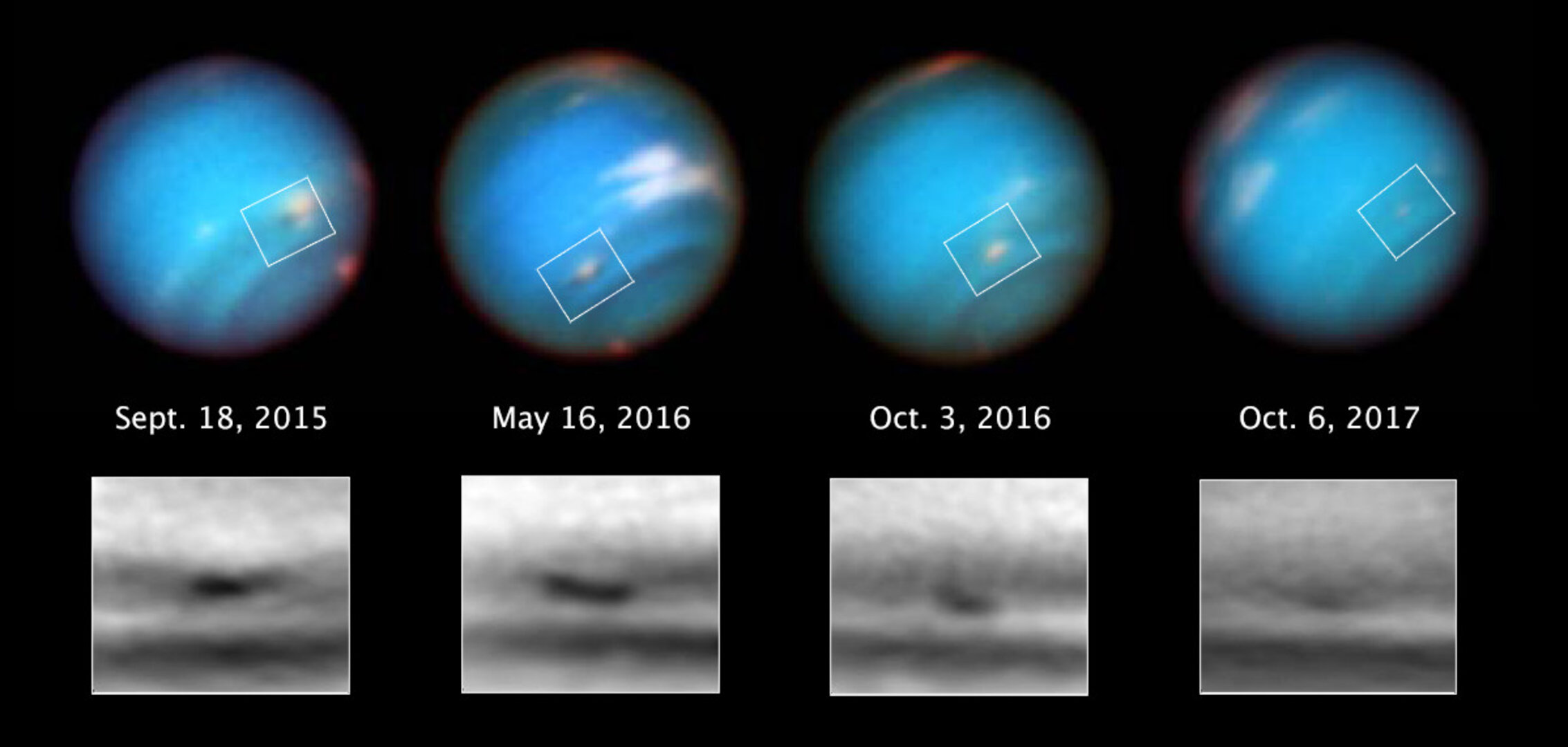Accept all cookies Accept only essential cookies See our Cookie Notice

About ESA
The European Space Agency (ESA) is Europe’s gateway to space. Its mission is to shape the development of Europe’s space capability and ensure that investment in space continues to deliver benefits to the citizens of Europe and the world.
Highlights
ESA - United space in Europe
This is ESA ESA facts Member States & Cooperating States Funding Director General Top management For Member State Delegations European vision European Space Policy ESA & EU Space Councils Responsibility & Sustainability Annual Report Calendar of meetings Corporate newsEstablishments & sites
ESA Headquarters ESA ESTEC ESA ESOC ESA ESRIN ESA EAC ESA ESAC Europe's Spaceport ESA ESEC ESA ECSAT Brussels Office Washington OfficeWorking with ESA
Business with ESA ESA Commercialisation Gateway Law at ESA Careers Cyber resilience at ESA IT at ESA Newsroom Partnerships Merchandising Licence Education Open Space Innovation Platform Integrity and Reporting Administrative Tribunal Health and SafetyMore about ESA
History ESA Historical Archives Exhibitions Publications Art & Culture ESA Merchandise Kids Diversity ESA Brand Centre ESA ChampionsLatest
Space in Member States
Find out more about space activities in our 23 Member States, and understand how ESA works together with their national agencies, institutions and organisations.
Science & Exploration
Exploring our Solar System and unlocking the secrets of the Universe
Go to topicAstronauts
Missions
Juice Euclid Webb Solar Orbiter BepiColombo Gaia ExoMars Cheops Exoplanet missions More missionsActivities
International Space Station Orion service module Gateway Concordia Caves & Pangaea BenefitsLatest
Space Safety
Protecting life and infrastructure on Earth and in orbit
Go to topicAsteroids
Asteroids and Planetary Defence Asteroid danger explained Flyeye telescope: asteroid detection Hera mission: asteroid deflection Near-Earth Object Coordination CentreSpace junk
About space debris Space debris by the numbers Space Environment Report In space refuelling, refurbishing and removingSafety from space
Clean Space ecodesign Zero Debris Technologies Space for Earth Supporting Sustainable DevelopmentApplications
Using space to benefit citizens and meet future challenges on Earth
Go to topicObserving the Earth
Observing the Earth Future EO Copernicus Meteorology Space for our climate Satellite missionsCommercialisation
ESA Commercialisation Gateway Open Space Innovation Platform Business Incubation ESA Space SolutionsLatest
Enabling & Support
Making space accessible and developing the technologies for the future
Go to topicBuilding missions
Space Engineering and Technology Test centre Laboratories Concurrent Design Facility Preparing for the future Shaping the Future Discovery and Preparation Advanced Concepts TeamSpace transportation
Space Transportation Ariane Vega Space Rider Future space transportation Boost! Europe's Spaceport Launches from Europe's Spaceport from 2012Latest

Neptune’s shrinking vortex
Thank you for liking
You have already liked this page, you can only like it once!
Neptune, the eighth and farthest planet from the Sun, was visited for the first and last time by NASA’s Voyager 2mission in 1989. Since then, the NASA/ESA Hubble Space Telescope has been attempting to unearth the myriad mysteries surrounding this cool, majestic behemoth — including deciphering why it has the fastest wind speeds of any planet in the Solar System, and what lies at its centre.
These new Hubble images reveal one of the standout features of Neptune’s strange atmosphere: a rare dark spot, or dark vortex — a whirling high-pressure atmospheric system usually accompanied by bright “companion clouds”. This particular dark spot is named SDS-2015 (Southern Dark Spot discovered in 2015), and is only the fifth observed so far on Neptune. Although it appears to be slightly smaller than previous dark spots, observations of SDS-2015 from 2015 to 2017 revealed that the spot was once big enough to almost swallow China before rapidly diminishing in size.
Each of the five dark spots found on Neptune have been curiously diverse, but all have appeared and disappeared within just a few years — as opposed to similar vortices on Jupiter which evolve over decades. Bright clouds form alongside dark spots when the flow of ambient air is disturbed and diverted upwards over the spot, likely causing gases to freeze into methane ice crystals.
Only Hubble is currently powerful enough to image Neptune’s dark spots, and produce striking images such as these; these views were taken over the course of two years using Hubble’s Wide Field Camera 3 (WFC3).
-
CREDIT
NASA, ESA, and M.H. Wong and A.I. Hsu (UC Berkeley), CC BY 4.0 -
LICENCE
CC BY 4.0 INT or ESA Standard Licence
(content can be used under either licence)

Neptune’s curious dark spots

Hubble’s observation of Neptune in 2021

Blue marbles

Neptune cloud cover over three decades















 Germany
Germany
 Austria
Austria
 Belgium
Belgium
 Denmark
Denmark
 Spain
Spain
 Estonia
Estonia
 Finland
Finland
 France
France
 Greece
Greece
 Hungary
Hungary
 Ireland
Ireland
 Italy
Italy
 Luxembourg
Luxembourg
 Norway
Norway
 The Netherlands
The Netherlands
 Poland
Poland
 Portugal
Portugal
 Czechia
Czechia
 Romania
Romania
 United Kingdom
United Kingdom
 Slovenia
Slovenia
 Sweden
Sweden
 Switzerland
Switzerland

























